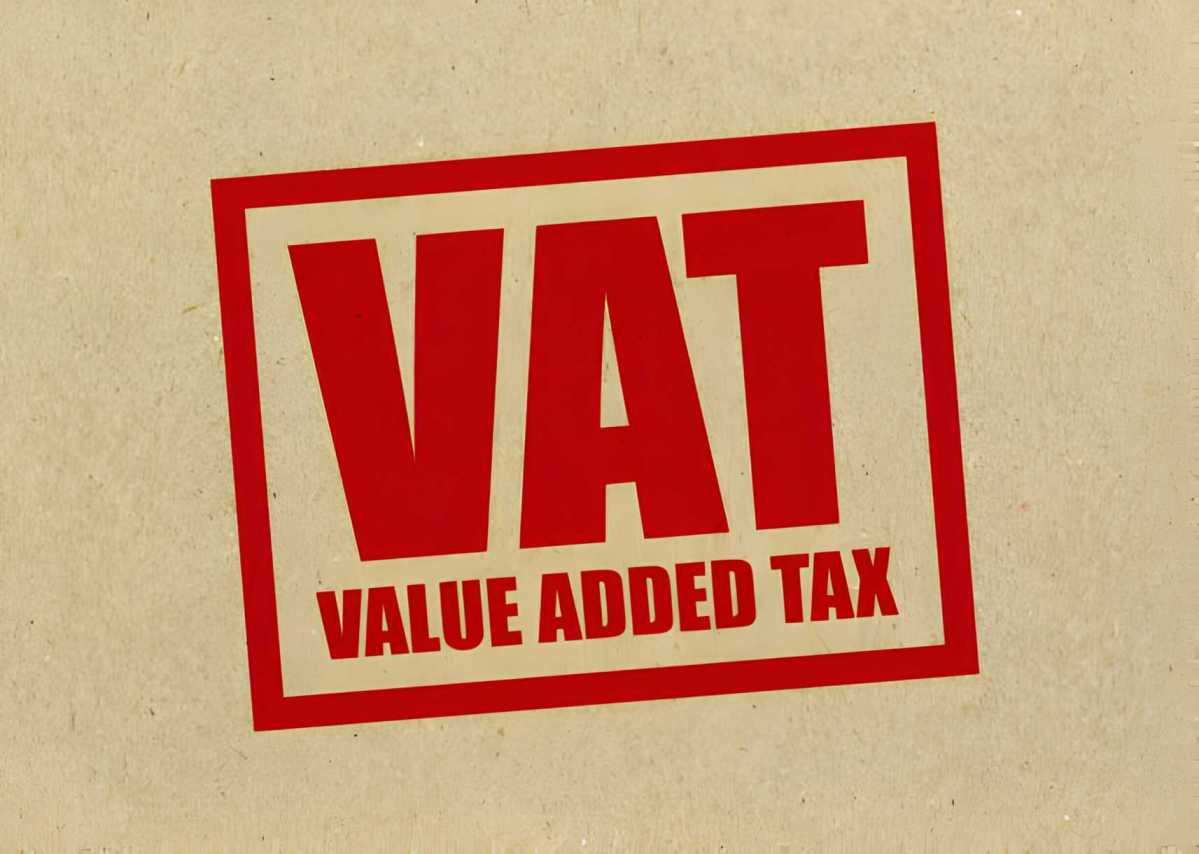How VAT Works in the UK
Value Added Tax, or VAT is a consumption tax that is applied to products and services at every point in the manufacturing or distribution process.
In the United Kingdom, VAT is an essential component of the tax system, contributing significantly to government revenue. Understanding how VAT functions in the UK is crucial for businesses and consumers alike.
1. Introduction to VAT
VAT is designed to be a fair tax that ultimately falls on the end consumer. It is collected by businesses on behalf of the government and must be reported and paid to the HM Revenue and Customs (HMRC).
2. Understanding VAT in the UK
Definition of VAT
VAT is calculated based on the value added to goods and services at each stage of production or distribution. If a company’s taxable turnover surpasses a specific threshold, it must register for VAT.
VAT Rates in the UK
In the UK, there are three main rates of VAT:
Standard rate (20%)
Reduced rate (5%)
Zero rate (0%)
VAT Registration
Who Needs to Register for VAT?
Businesses must register for VAT with HMRC if their taxable turnover exceeds the current registration threshold within a 12-month period.
Thresholds for VAT Registration
As of 2023, the VAT registration threshold in the UK is £85,000 of taxable turnover.
4. VAT Returns and Payments
Filing VAT Returns
Registered businesses are required to submit VAT returns to HMRC, usually on a quarterly basis. This involves reporting the amount of VAT charged to customers and the amount of VAT paid on purchases.
Making VAT Payments
VAT payments are typically made to HMRC electronically and must be received by the specified deadlines to avoid penalties.
5. VAT Schemes
Flat Rate Scheme
The Flat Rate Scheme allows eligible businesses to simplify their VAT accounting by applying a fixed percentage to their turnover.
Cash Accounting Scheme
Under the Cash Accounting Scheme, businesses only pay VAT to HMRC when they receive payment from their customers.
Annual Accounting Scheme
The Annual Accounting Scheme allows businesses to make advance payments towards their VAT bill based on their previous year’s liability.
6. VAT on Imports and Exports
Import VAT
Imported goods into the UK are subject to import VAT, which must be paid to HMRC before the goods can be released.
Exporting Goods and Services
Exports of goods and services from the UK are generally zero-rated for VAT purposes.
7. VAT on Digital Services
Businesses providing digital services to consumers in the UK are subject to VAT, regardless of their location.
8. VAT and Small Businesses
Simplified Accounting Methods
HMRC offers simplified accounting methods for small businesses to ease the administrative burden of VAT compliance.
VAT Responsibilities for Small Businesses
Even small businesses must ensure they comply with VAT regulations and keep accurate records of their transactions.
9. VAT Compliance and Penalties
Importance of VAT Compliance
Maintaining VAT compliance is essential to avoid penalties and legal consequences.
Penalties for Non-Compliance
HMRC imposes penalties for late VAT returns, errors in VAT calculations, and other instances of non-compliance.
10. VAT and Brexit
Impact of Brexit on VAT
Brexit has brought changes to VAT regulations, particularly concerning trade with the European Union.
Changes in VAT Regulations Post-Brexit
Businesses trading with the EU must adhere to new VAT rules and procedures following Brexit.
11. Conclusion
Understanding how VAT works in the UK is crucial for businesses to ensure compliance and avoid penalties. VAT regulations can be complex, but with proper knowledge and adherence to guidelines, businesses can navigate the VAT system effectively.
FAQs
What is VAT?
Value Added Tax, or VAT is a consumption tax that is applied to products and services at every point in the manufacturing or distribution process.
Who needs to register for VAT?
Businesses must register for VAT if their taxable turnover exceeds the current registration threshold within 12 months.
What are the VAT rates in the UK?
The UK has three main rates of VAT: standard rate (20%), reduced rate (5%), and zero rate (0%).
How often do VAT returns need to be filed by businesses?
Registered businesses typically file VAT returns on a quarterly basis.
What are the penalties for VAT non-compliance?
HMRC imposes penalties for late VAT returns, errors in VAT calculations, and other instances of non-compliance.

